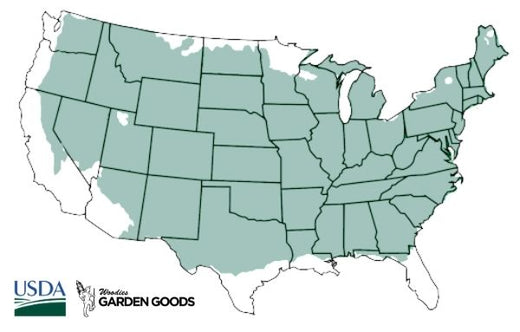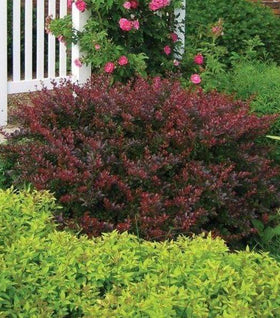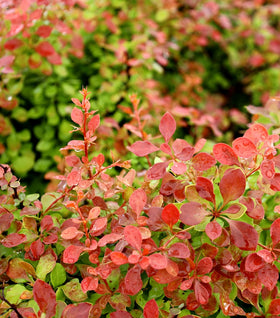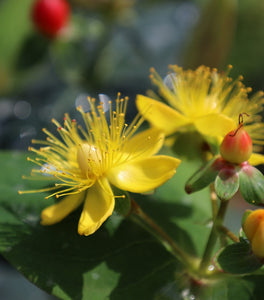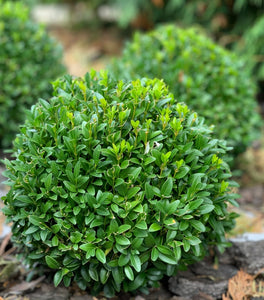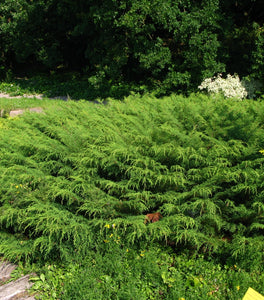Cotoneaster Tom Thumb should be pruned in the mid to late summer after flowering to encourage new growth. In general gardening terms, pruning is probably the most misunderstood gardening chore, and certainly, the chore that is most likely neglected. When we specifically look at pruning with regards to Cotoneaster, this misunderstanding and negligence can be magnified. Pruning has been described as a “combination of art and science.” I find pruning to be one of the most relaxing yet rewarding chores in the garden. Pruning a specific plant to look a specific way, involves art in creating a unique definition for a specific plant, and it involves science in understanding the physical growing habits of the plant to be pruned. The most important reason for pruning Cotoneaster Tom Thumb is to improve the overall health of the plant which in turn will reward you with a plethora of blooms. Many times, Cotoneaster that have not been pruned in a few years will develop dead or degenerative twigs. Removing the dead and dying limbs will minimize the possibility of diseases such as “dieback” and will also allow the plant to re-concentrate its energies and produce flowers. Another reason for pruning gardenias such as Cotoneaster Tom Thumb is to re-define the plant’s definition within the landscape. Many times, a plant may outgrow its intended size in the landscape, and must be pruned to re-define its purpose. Pruning should always be associated with re-invigorating a plant by allowing it to focus its energies on producing more vigorous branches, foliage, and flowers. It is also important to understand the specific growing characteristic of a certain deutzias when pruning that particular plant. When pruning established gardenias where no labeling is present on a variety to identify it, you need to look at the general growth patterns of the plant to be pruned. These observations should give you a good idea of how the plant tends to grow, and also how and when you should prune the plant. If severe, pruning is necessary, it must be realized that the plant will shift its focus in the short-run from setting flower buds to growing vigorously, and it is very likely that the Cotoneaster Tom Thumb will have few if any bloom buds during the season following the major pruning. During the second season following the severe pruning, the shrub should resume normal bud setting, and the plant should have healthier blooms because of the increased vigor in the plant. It is important to always use sharp tools when pruning Cotoneaster Tom Thumb or any plant for that matter. Knives, hand cutters, saws, and shears should be sharpened if necessary before pruning any shrubs. A sharp cut will heal quicker than a jagged cut, which will also minimize the likelihood of disease investing a cut during pruning.
